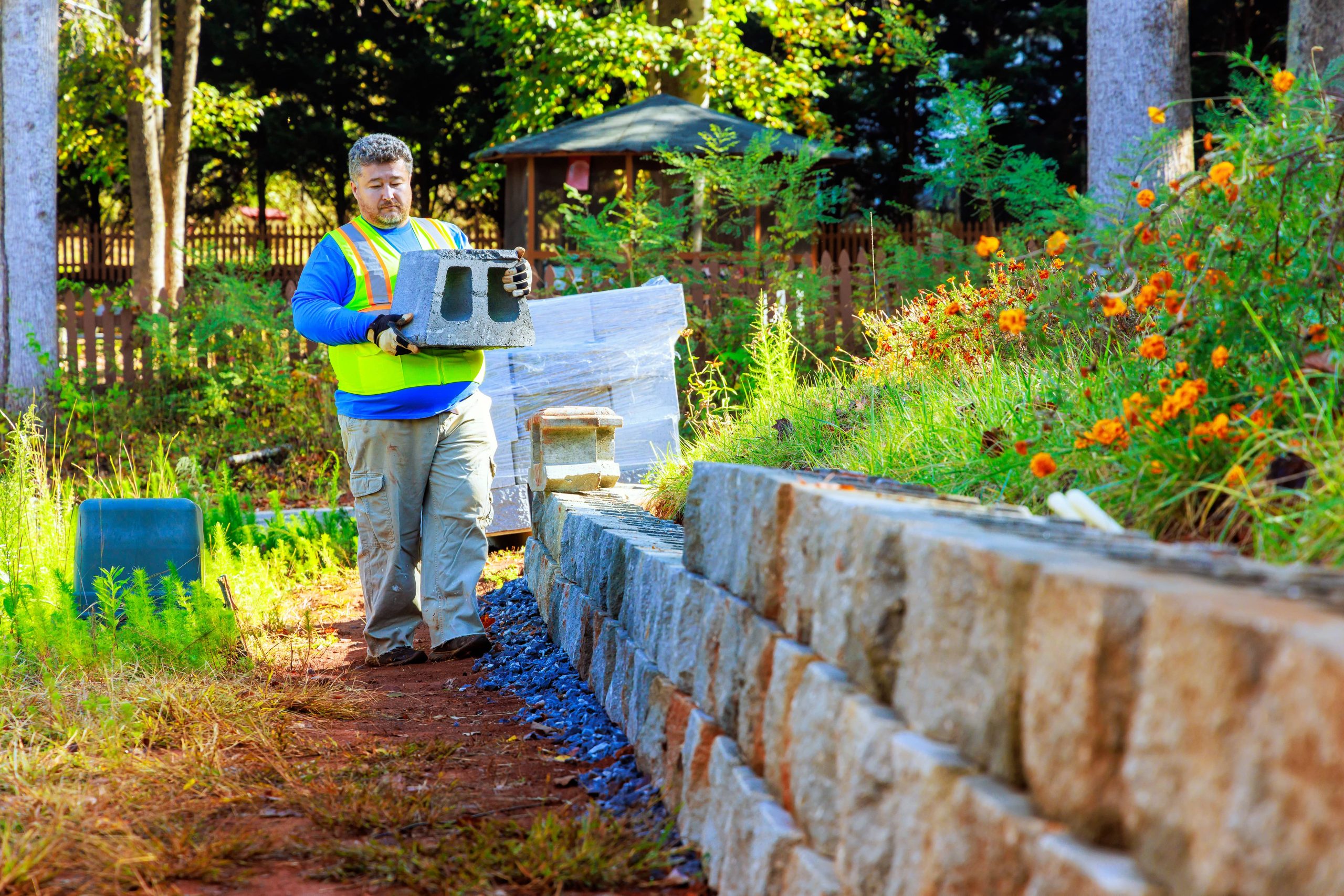
Creating your ideal backyard garden is an exciting endeavor that transforms your outdoor space into a personal oasis, a place where you can relax, entertain, and even grow your own food. Whether you have a sprawling yard or a small patio, there is potential for a stunning garden that suits your needs and aesthetic preferences. Here’s a step-by-step guide to help you turn your backyard into a garden paradise.
Step 1: Assess Your Space
Begin by evaluating your backyard. Consider the size, shape, and existing features such as trees, fences, or patios. Take note of sunlight patterns throughout the day, as these will dictate which plants will thrive in your garden. Pay attention to areas of shade, partial shade, and full sun. Also, think about the soil type and drainage conditions; you may need to amend the soil or consider raised beds if drainage is poor.
Step 2: Define Your Garden’s Purpose
What do you want to achieve with your backyard garden? Defining your garden’s purpose will guide your design and plant choices. Some possible purposes include:
– Aesthetic Beauty: Create a visually appealing space full of flowers, shrubs, and ornamental features.
– Food Production: Grow vegetables, fruits, and herbs.
– Wildlife Friendly: Cultivate a garden that encourages wildlife, with plants that attract bees, butterflies, and birds.
– Relaxation and Entertainment: Design a cozy nook or open area for gatherings.
Having a clear purpose in mind helps in making informed decisions regarding layout and plant selection.
Step 3: Design Your Layout
Sketch out a basic layout of your garden. You don’t need to be an artist; just create a rough plan of where different elements will go. Consider paths, seating areas, water features, and different plant zones. Keep in mind the balance between open space and planted areas. For larger gardens, think about creating ‘rooms’ or zones with different themes or functions.
Incorporate features such as:
– Paths: Use gravel, stepping stones, or pavers to create pathways that connect different areas of your garden.
– Seating Areas: Consider a patio, deck, or garden bench where you can sit and enjoy your garden.
– Water Features: A small pond, fountain, or birdbath can add a soothing element and attract wildlife.
– Vertical Garden: Use trellises, wall planters, or vertical structures to maximize space, especially in a smaller garden.
Step 4: Choose Your Plants
Selecting the right plants is crucial to the success of your garden. Refer back to the sunlight and soil assessments to choose species suited to your environment. Aim for a mix of plants that bloom at different times of the year for continuous color and interest.
Consider incorporating:
– Perennials: These will come back year after year, providing a reliable backbone to your garden design.
– Annuals: For vibrant, season-long color, mix in some annuals that you can change each year.
– Edibles: Include a vegetable patch or herb garden if you’re interested in growing your own produce. Even small spaces can accommodate herbs or container vegetables.
– Native Plants: Incorporate native plants, which are adapted to your local climate and typically require less maintenance and water.
Also, think about the height, texture, and color of plants, and how they will complement each other. Mixing different plant forms (upright, mounding, spreading) adds visual interest.
Step 5: Prepare the Soil and Plant
Once your plan is underway, it’s time to prepare the soil. Removing grass, weeds, and rocks will give your plants the best start. Amend the soil with compost or other organic matter to improve fertility and structure.
When planting, follow spacing recommendations carefully to ensure optimal growth. Watering thoroughly after planting helps establish strong roots. For a polished finish, add a layer of mulch to retain moisture, deter weeds, and build soil health.
Step 6: Maintain Your Garden
Maintenance is key to keeping your garden healthy and beautiful. Establish a regular schedule for tasks like:
– Watering: Especially critical in the early stages of growth or during dry spells.
– Pruning: Regularly prune to maintain plant shape, encourage growth, and remove any dead or diseased branches.
– Feeding: Use organic fertilizers or compost to provide essential nutrients.
– Weeding: Regular weeding will keep the garden tidy and reduce competition for resources.
As your garden matures, you may need to thin or divide plants, relocate some that are struggling, or introduce new varieties to keep your garden evolving.
Step 7: Enjoy Your Garden
Lastly, take time to enjoy the fruits of your labor. Whether you’re sipping coffee in the morning sun, hosting a barbecue, or harvesting fresh vegetables, your garden is a personal retreat and a testament to your creativity and hard work.
Conclusion
Creating your ideal backyard garden is a journey that offers both challenges and rewards. With careful planning, thoughtful plant selection, and diligent maintenance, you’ll design a space that reflects your personality and fulfills your desires, providing endless joy and satisfaction. So grab your gardening gloves and start transforming your yard into a lush, serene haven. Happy gardening!







